Environmental Group (EN), Chemical Reference Laboratory Center (CRLC)
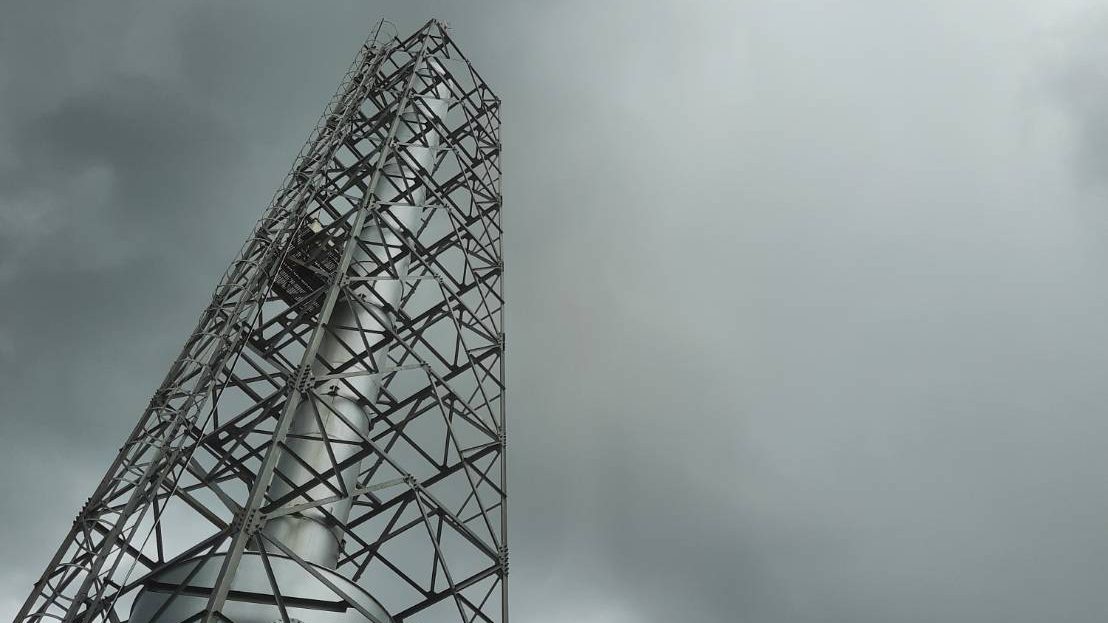
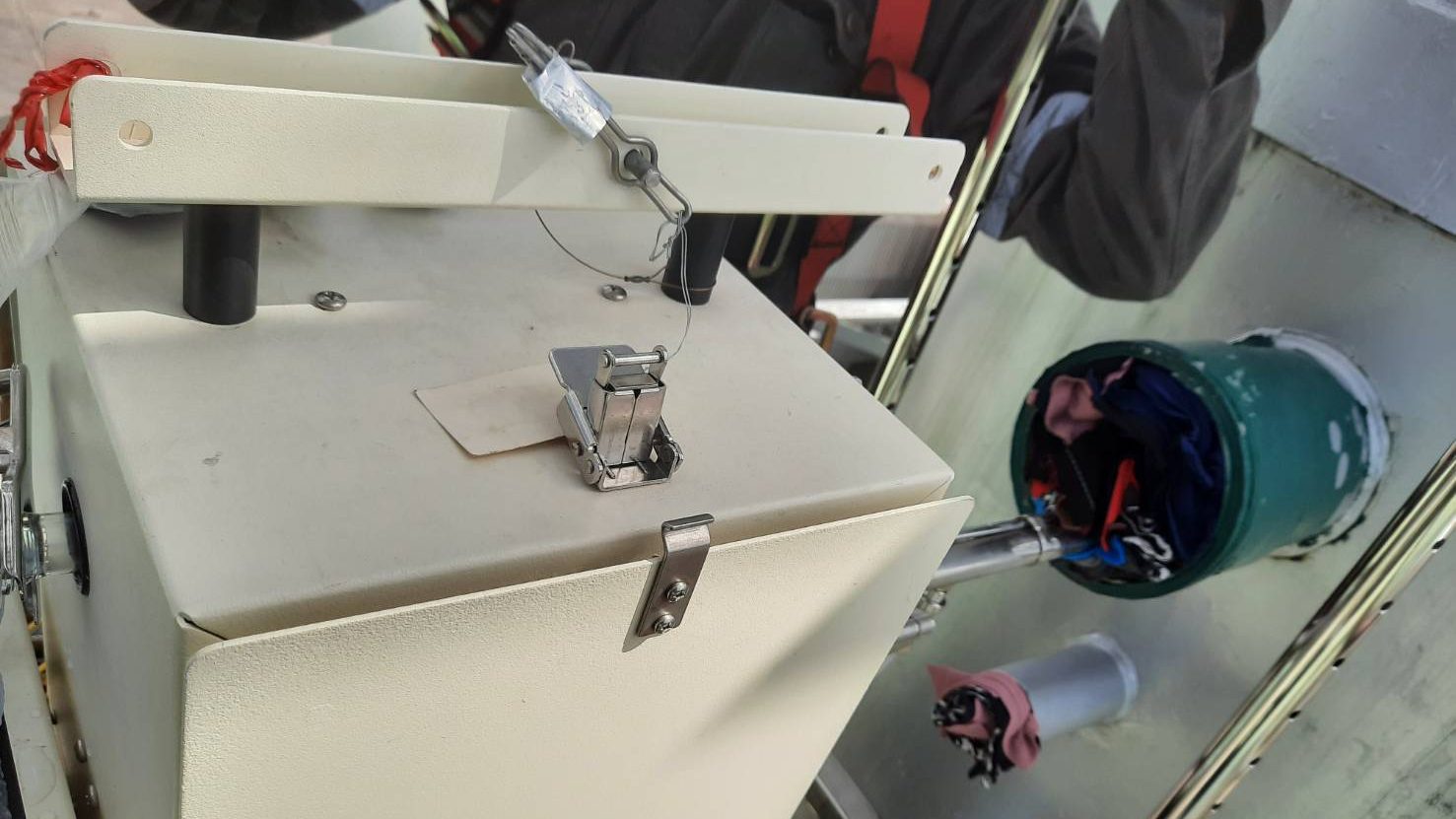
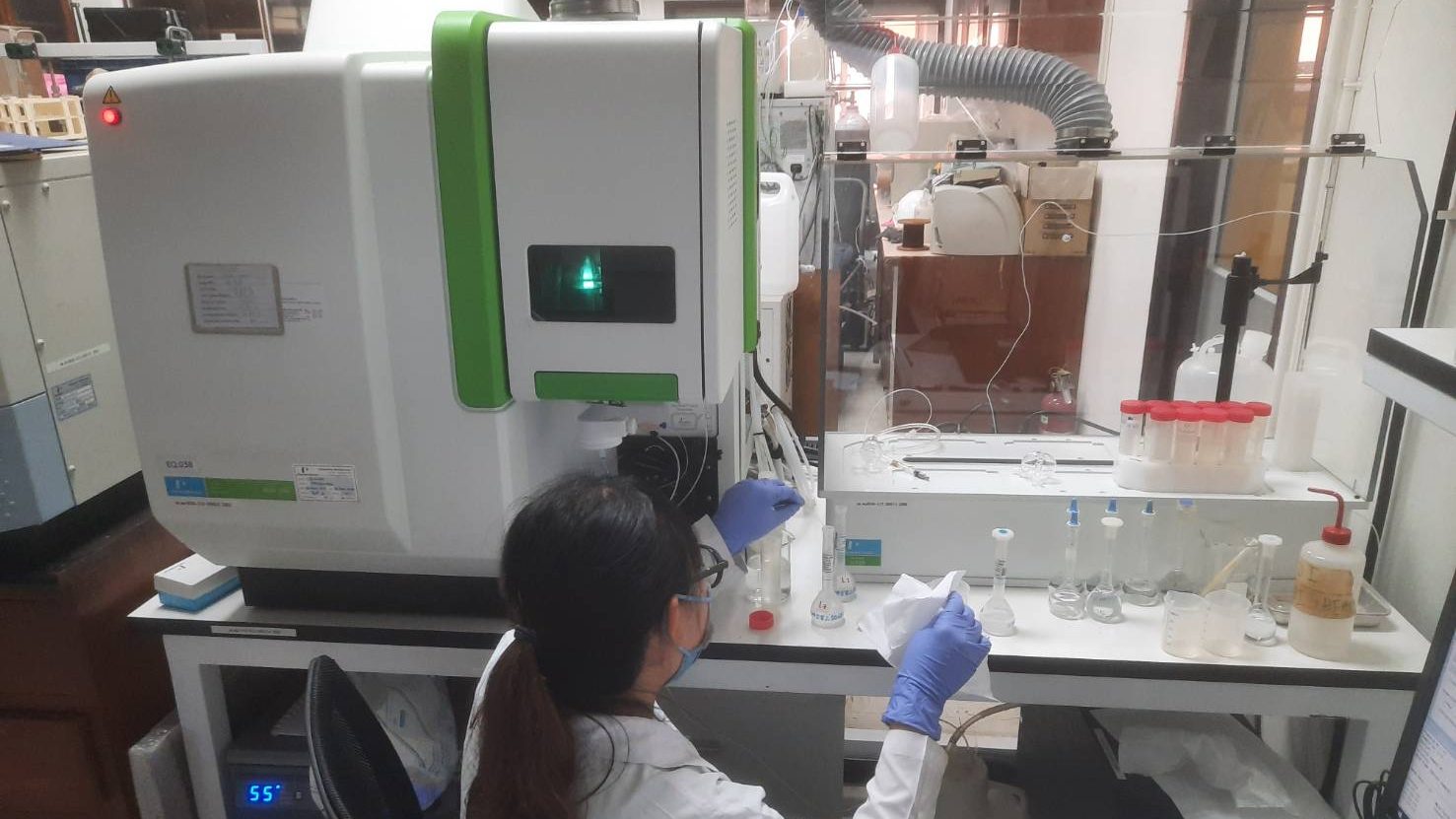
Fig 1. Heavy metal in the stack.
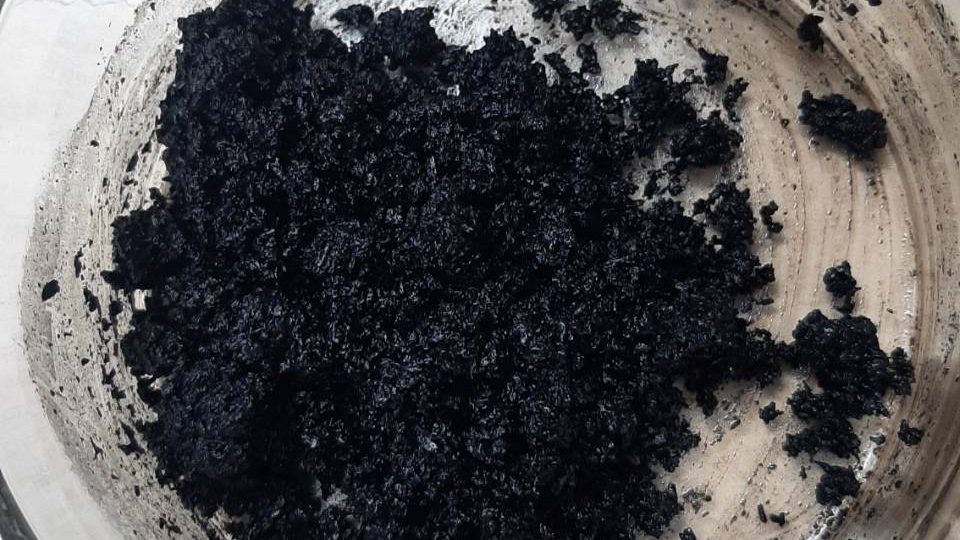

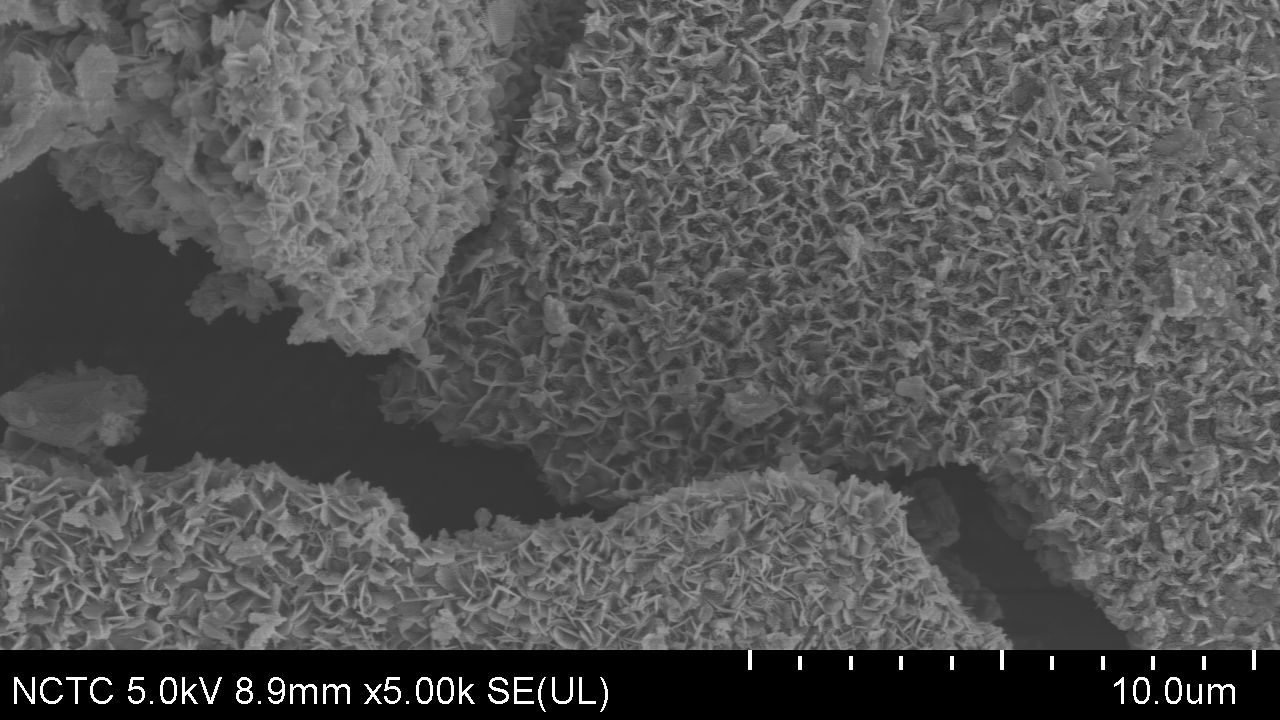
Fig 2. Synthesize activated carbon.
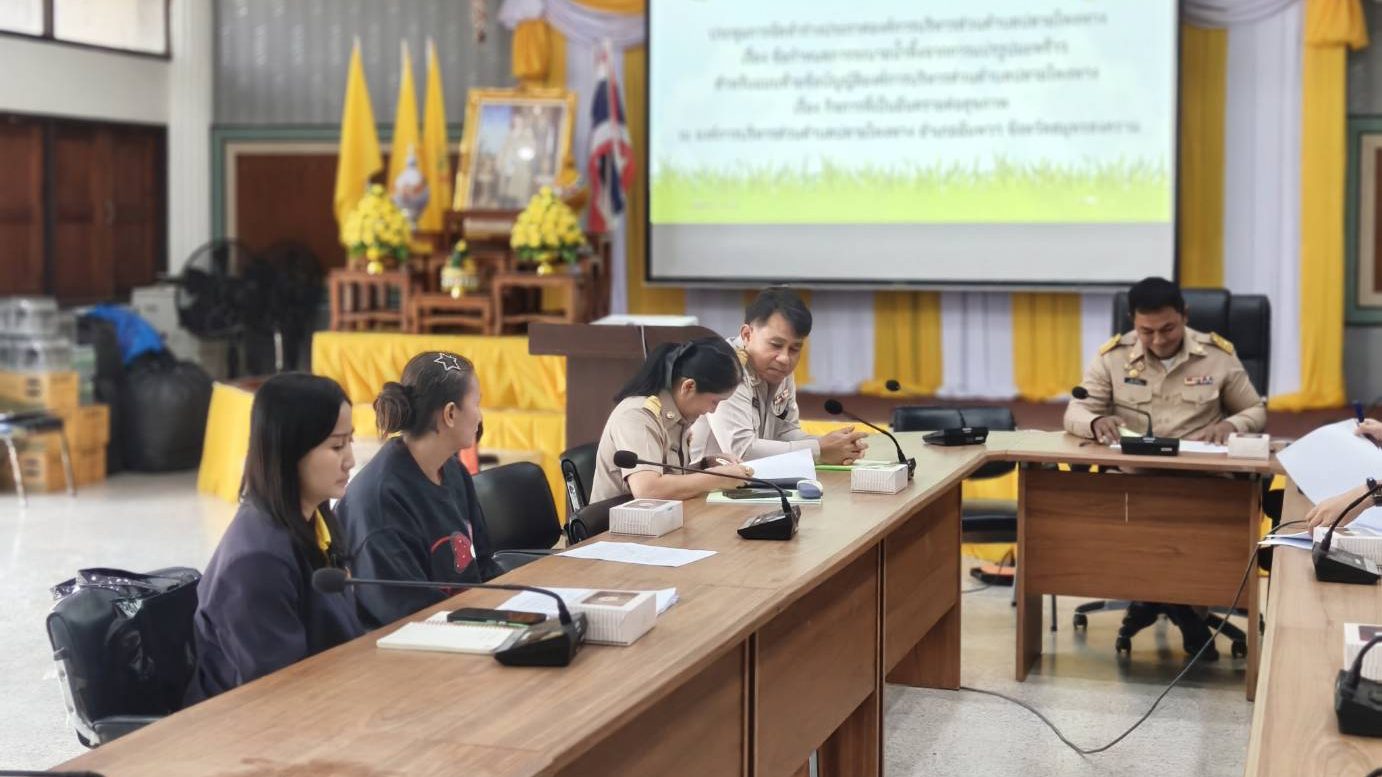
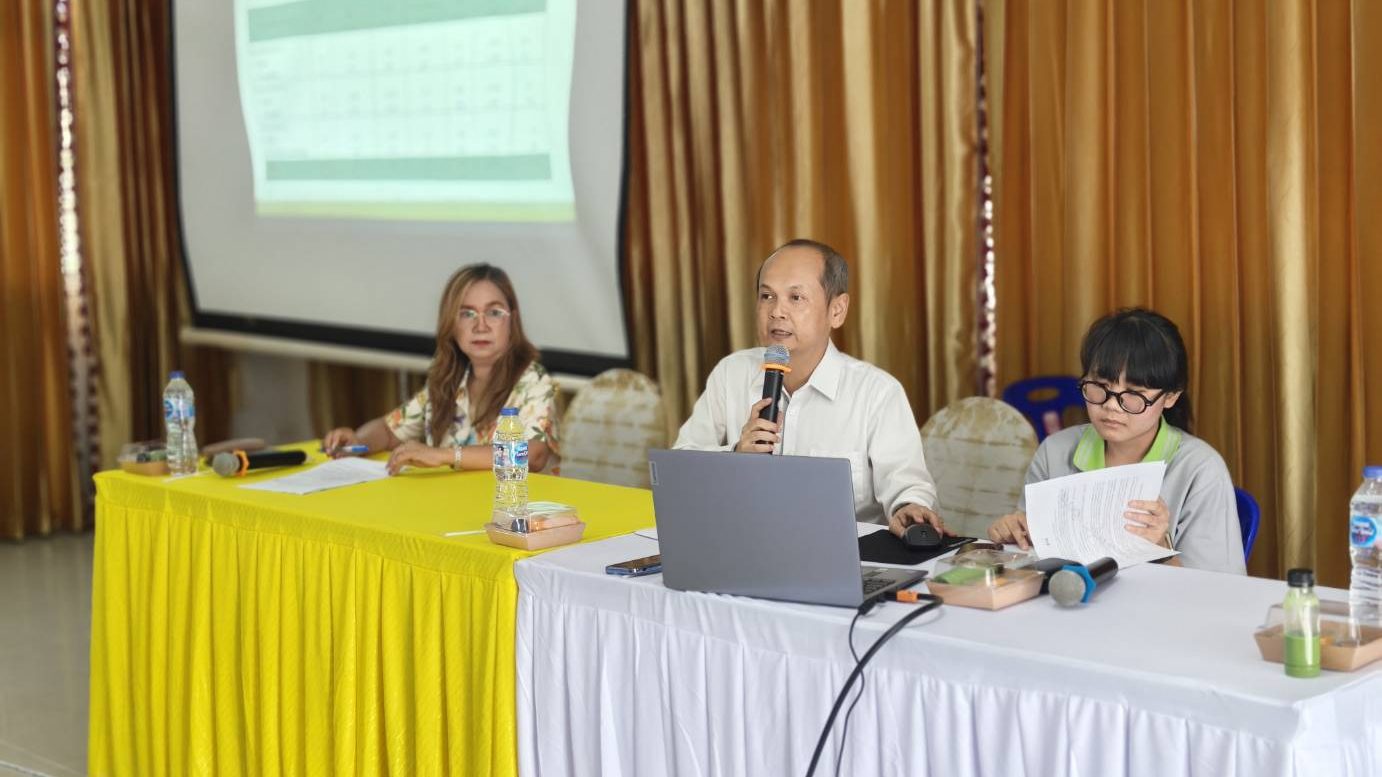

Fig 3. Amphawa model, Samut Songkhram, Thailand.
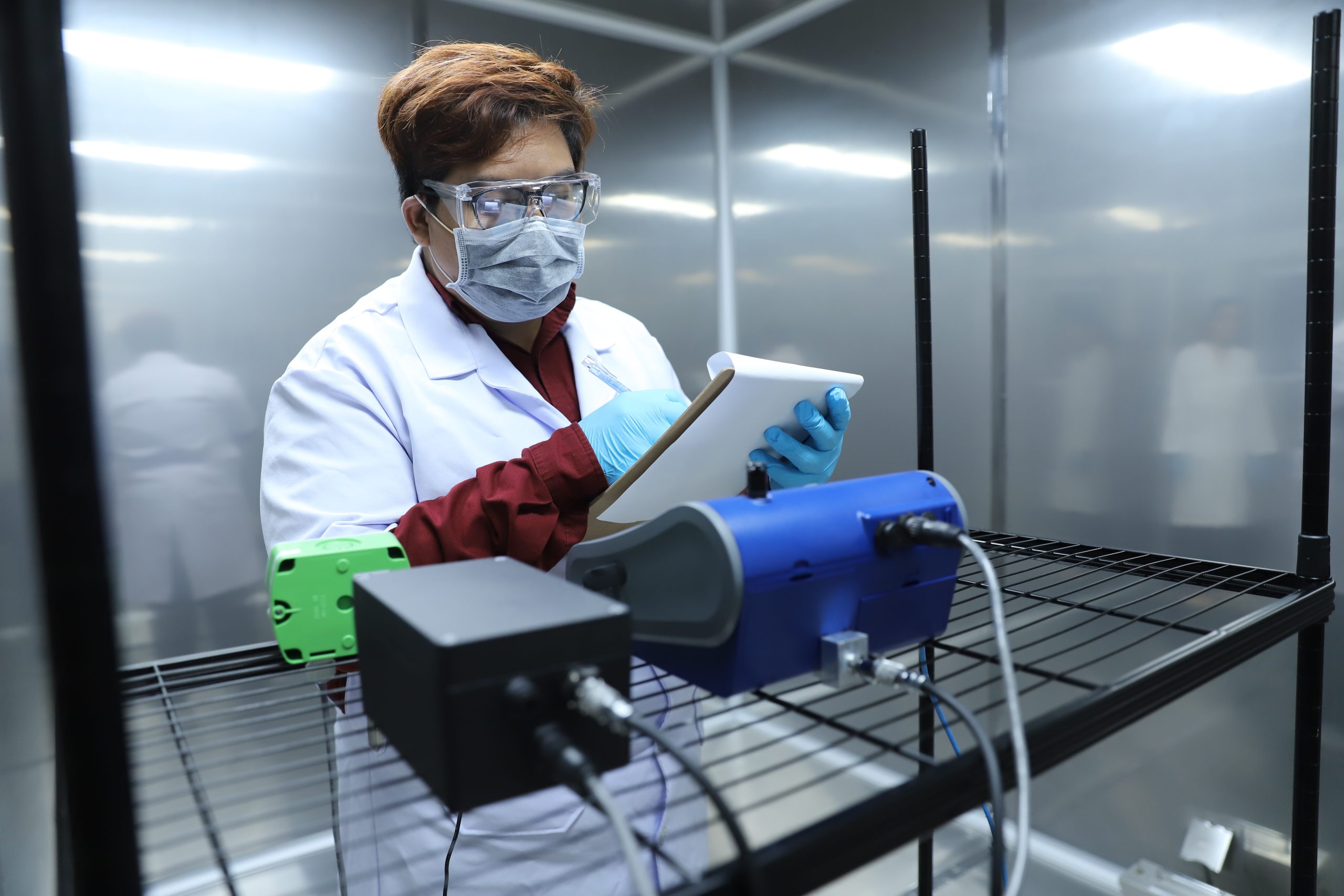

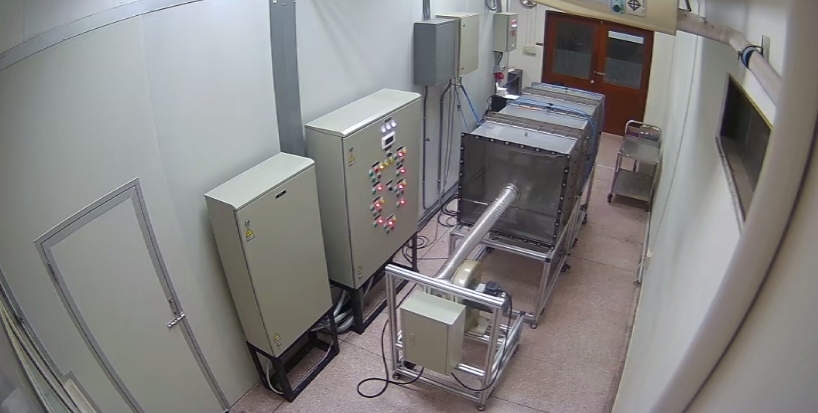
Fig 4. Air purifier testing room
✨ 1. Significant Products:
- Standard Operating Procedure (SOP) for the Determination of Lead, Arsenic, Antimony, and Copper Concentrations from Stationary Source Emission Stacks Using Inductively Coupled Plasma Optical Emission Spectrometry (ICP-OES)
- Standard Operating Procedure (SOP) for the Determination of Atmospheric Particulate Matter with a Diameter of Less Than or Equal to 2.5 Micrometers (PM₂.₅) Based on the Federal Reference Method (FRM)
- Standard Operating Procedure (SOP) for the Determination of Particulate Matter with a Diameter of Less Than or Equal to 2.5 Micrometers (PM₂.₅) in the Workplace Environment
- Standard Operating Procedure (SOP) for Testing of Locally Manufactured and Imported Air Purifiers in Compliance with Thai Industrial Standard (TIS) 3061-2563
- Annex to the Municipal Ordinance Regulation on Wastewater Discharge from Coconut Processing Activities
🏢 2. Responsibilities of Group:
- Conduct research and development of standardized testing methods for environmental pollutants utilizing advanced analytical techniques to ensure reliable identification and quantification of contaminants, with the objective of establishing the laboratory as a national reference laboratory.
- Undertake research, development, and testing of reference materials related to environmental pollutants to support the advancement and quality assurance of laboratories in compliance with national and international standards.
- Perform environmental pollutant analysis and testing in the capacity of a national reference laboratory to validate conformity with international standards and regulations.
- Conduct research and development of green innovations and environmental management strategies to enhance the nation’s competitiveness and promote sustainable development.
- Disseminate scientific and technical knowledge in the fields of chemistry and testing technologies, including providing academic consultation, expert recommendations, and research services aimed at solving technical and environmental challenges.
- Establish, maintain, and continuously improve a quality management system in accordance with ISO/IEC 17025 standards in the field of environmental pollutant analysis to ensure high precision and accuracy in testing, while serving as a model for other laboratories nationwide.
- Foster and strengthen collaborative networks in academic, research, and development initiatives with relevant agencies both domestically and internationally.
- Collaborate with competent authorities in the formulation of regulations and product standards at both national and international levels.
- Engage in joint operations or provide support to related agencies or perform duties as assigned by competent authorities or supervising officers.
🎯 3. Scope of Research Field:
- Laboratory Capacity Enhancement
Develop and strengthen laboratory capabilities and testing methodologies to effectively support the assessment of emerging environmental innovations and technologies. - Quality Management System
Implement a quality assurance system compliant with ISO/IEC 17025 across laboratories and associated testing procedures developed under the project. - Environmental Management and Sustainability
Develop and implement wastewater treatment systems, including technology transfer and installation for small-scale enterprises, and actively engage in policy initiatives to promote the improvement of effluent quality from small business operations.
🧪 4. Related Testing/Calibration:
- Development of Laboratories and Testing of Air Purifiers
Develop laboratories and testing procedures for both domestically produced and imported air purifiers to ensure compliance with the industrial standard (Thai Industrial Standard) TIS 3061-2563, specifically focusing on performance efficiency. - Enhancement of Laboratory Testing Capabilities
– Air Testing Laboratories:
Develop testing methods for heavy metals in air emissions, including antimony (Sb), arsenic (As), copper (Cu), and lead (Pb), as well as methods for testing particulate matter smaller than 2.5 micrometers (PM 2.5) in workplaces, buildings, and the general atmosphere.
– Wastewater Testing Laboratories:
Develop testing methods for Chemical Oxygen Demand (COD), Total Kjeldahl Nitrogen (TKN), Suspended Solids (SS), Total Dissolved Solids (TDS), and pH levels in wastewater. - Development of Wastewater Treatment Systems for Coconut Processing
– Develop wastewater treatment systems created by the Department of Industrial Works (DIW) to accommodate operators producing more than 2,000 liters of wastewater.
– Transfer technology and install the developed wastewater treatment systems for coconut processing operators in the region.
– Prepare an ordinance attachment to the local regulations for controlling wastewater discharge from coconut processing, and establish monitoring and surveillance measures for effluent discharge from these operations.
🥼 5. Testing Services:
- Testing for heavy metal in environmental samples including soil water and air
- Testing for toxic chemicals in environmental samples including Mercury (Hg) and Cyanide (CN)
- Analysis of total suspended soli (TSS) and total dissolved solid (TDS) in environmental water samples
- Analysis of biochemical oxygen demand (BOD) and chemical oxygen demand (COD) from water samples
- Testing and evaluation of air purifier for PM2.5 reduction efficiency
🔬 6. Key Scientific Instruments/Techniques:
- Inductive Couple Plasma Emission Spectroscopy (ICP-EOS)
- Gas Chromatography (GC)
- Direct Mercury Analyzer
- Aerosol And Dust Monitor
- Stack sampling equipments
- Ambient Air Particulate Sampler
- Personal environmental monitor (PEM)
🏆 7. Outstanding Achievements/Awards and Honors:
–
📄 8. Reference publications/Journal:
Sudarat Kittawansawat, Nimit Palee, Jirachatr Srisane, Wachirapun Punkrawee, Jenjira Phuriragpitikhon, Veerapat Thonganan, Chadaporn Bandan and Amornpon Changsuphan. Method validation for the determination of lead and arsenic emissions from stationary sources by inductively coupled plasma optical emission spectroscopy. PACCON2025
☎️ 9. Contact Persons:
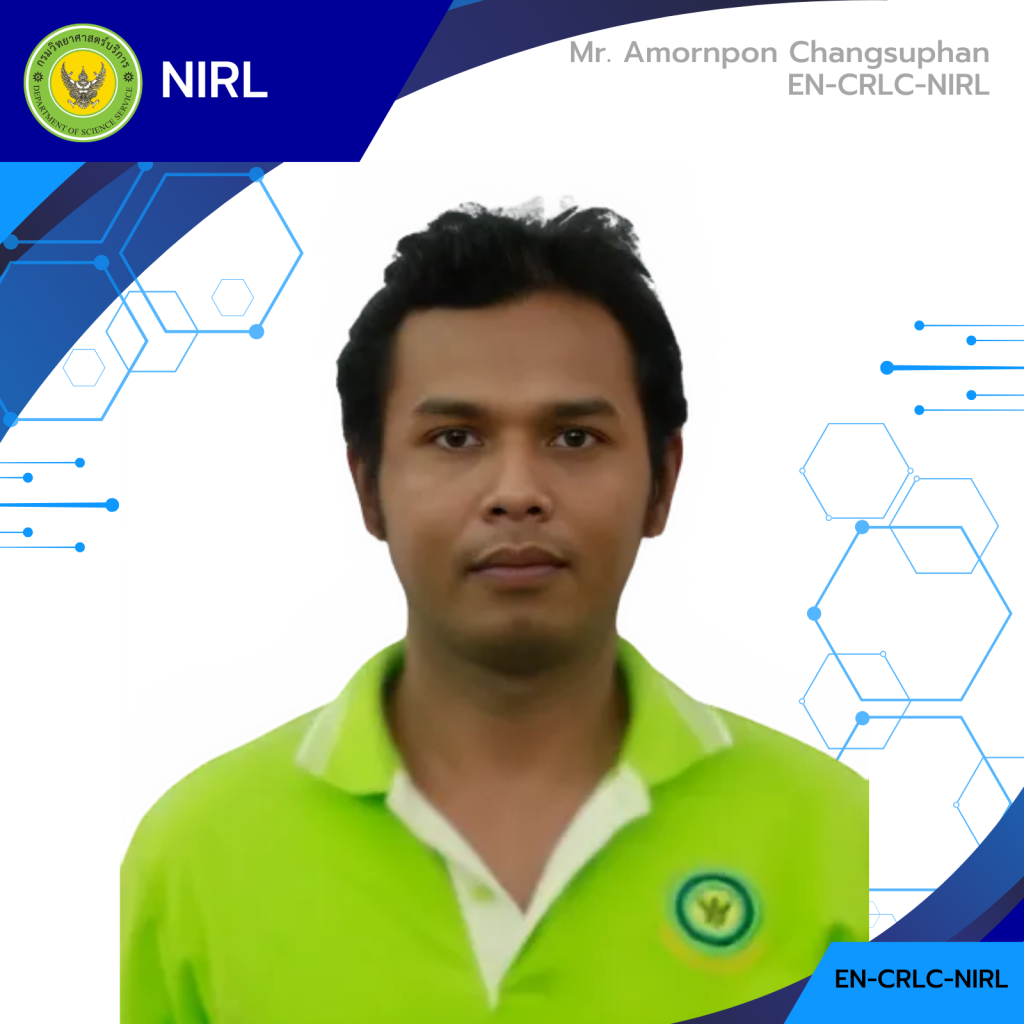
Mr. Nimit Palee
Position : Head of Environmental Group (Scientist, Senior Professional Level)
Email : nimit@dss.go.th
Telephone : 02 201 7142
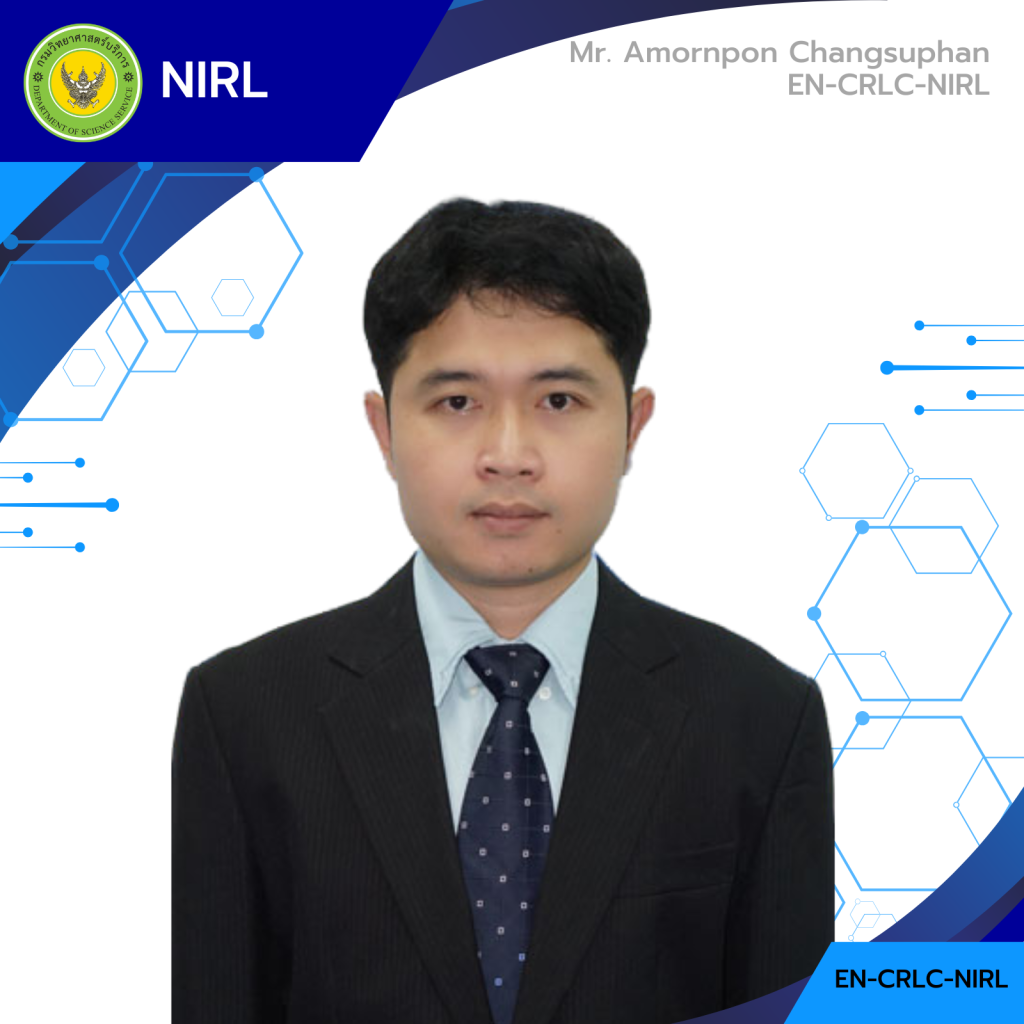
Mr. Jirachatr Srisane
Position : Scientist, Senior Professional Level
Email : jsrisane@dss.go.th
Telephone : 02 201 7142
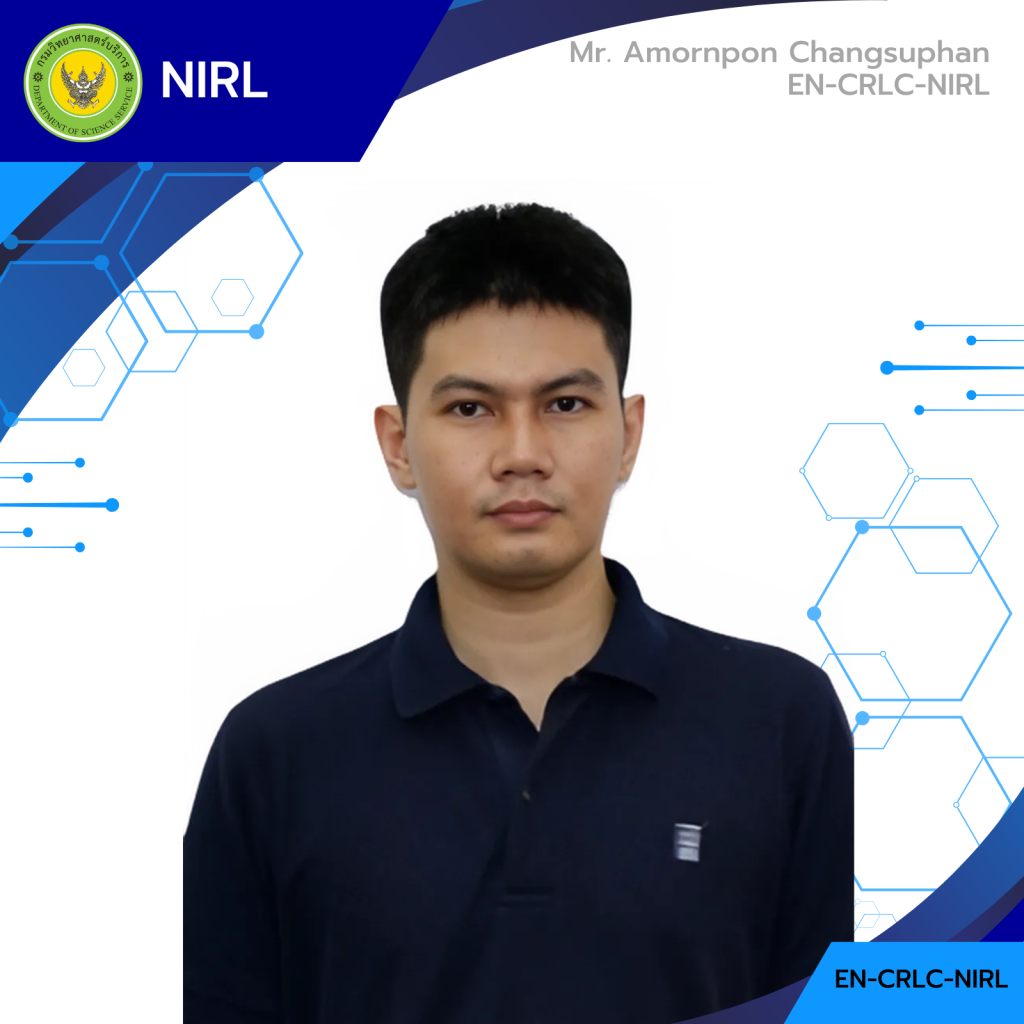
Mr. Veerapat Thonganan
Position : Scientist, Professional Level
Email : veerapat@mail.dss.go.th
Telephone : 02 201 7142
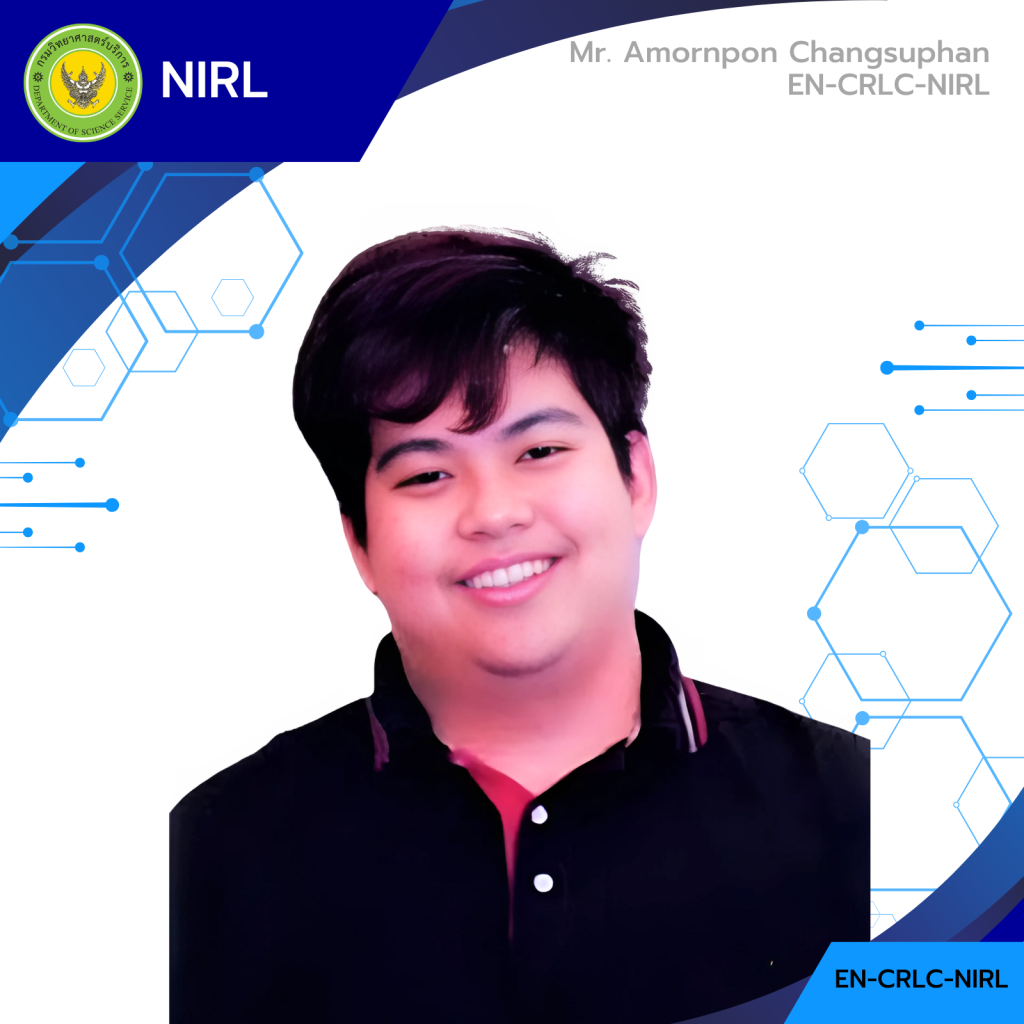
Mr. Patcharapol Sripoltat
Position : Scientist, Practitioner Level
Email : patcharapol@dss.go.th
Telephone : 02 201 7142






